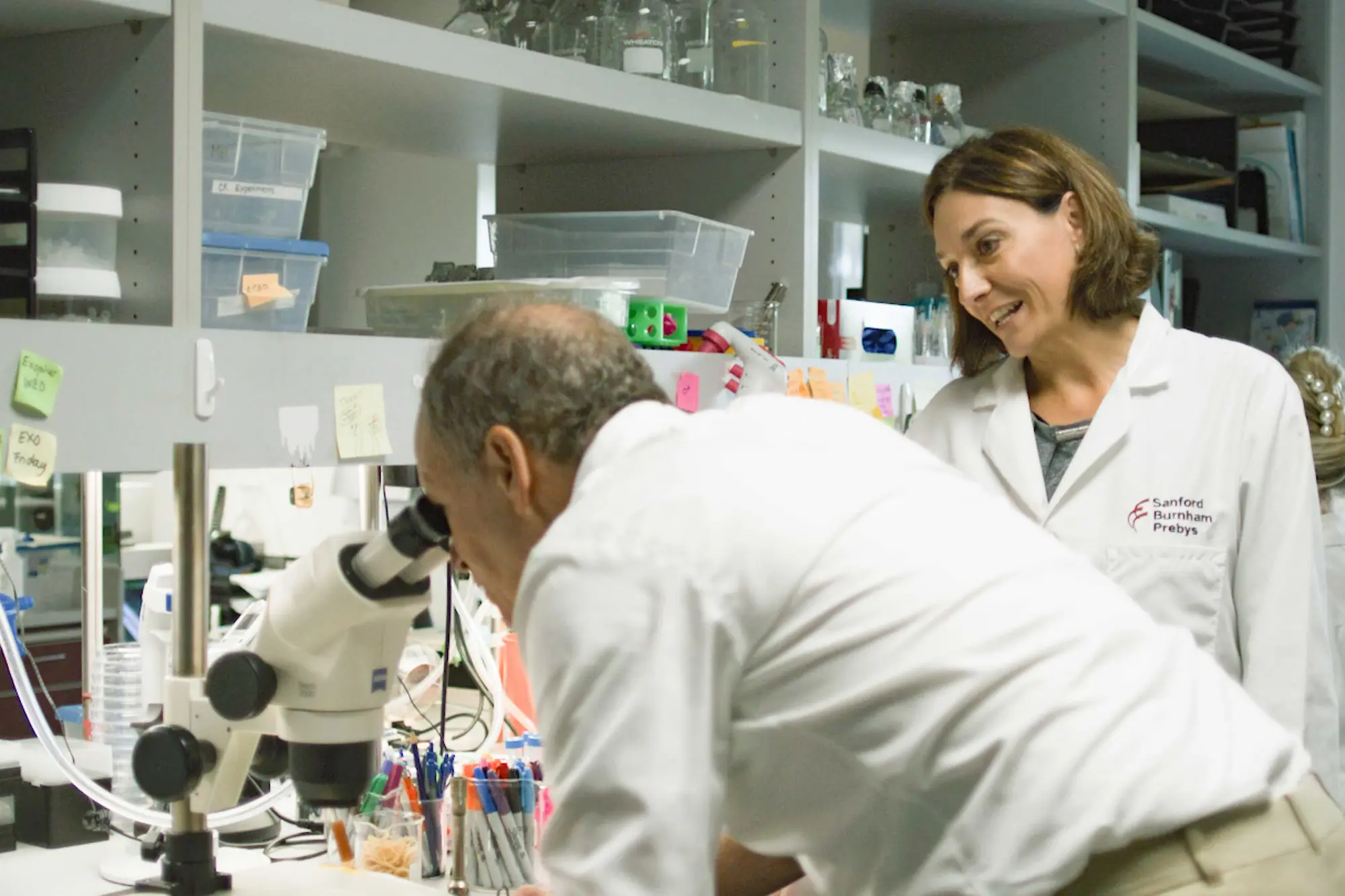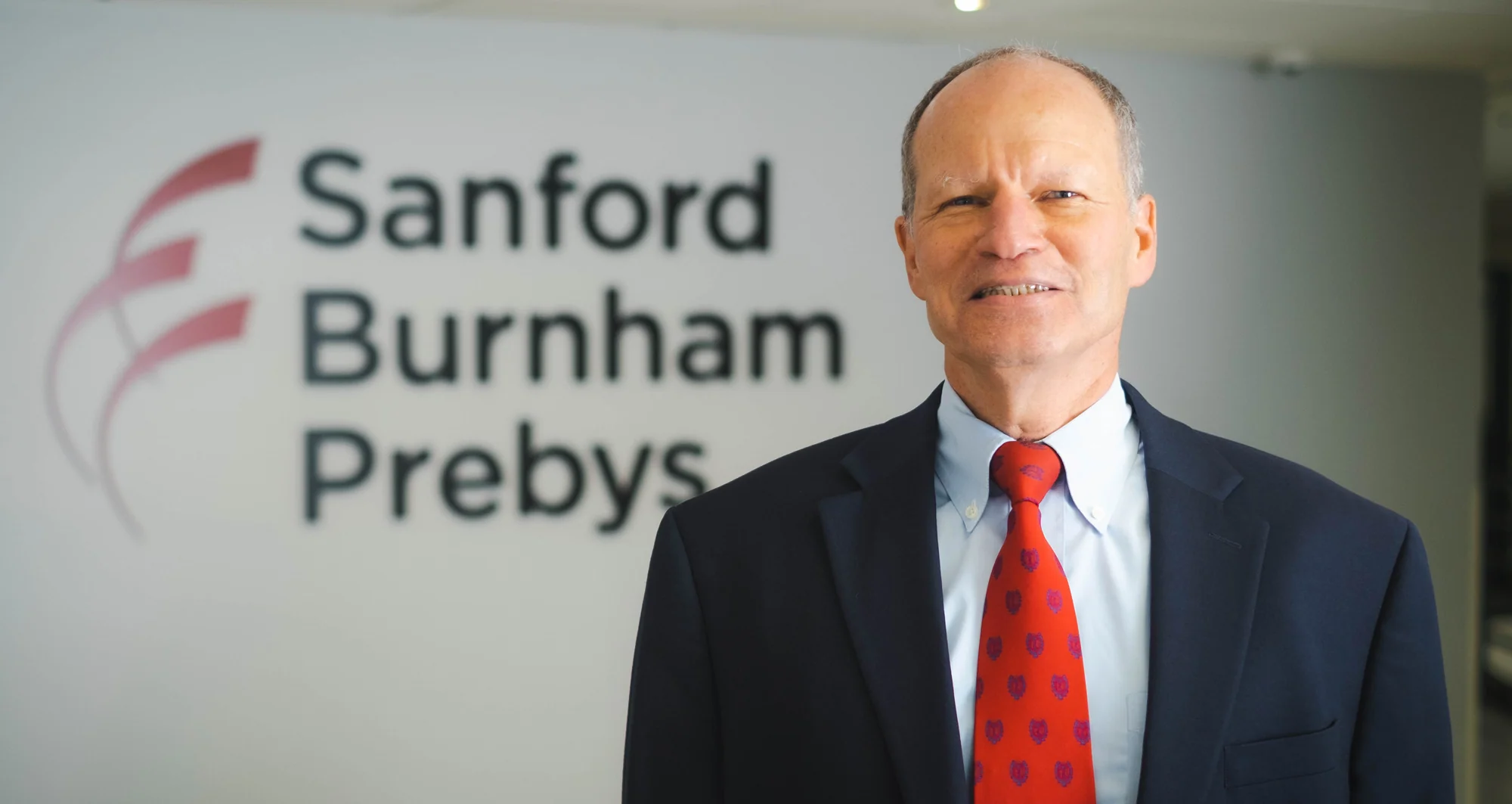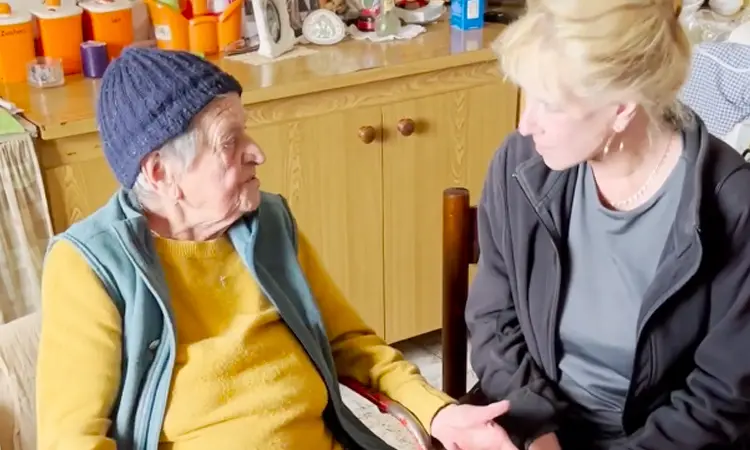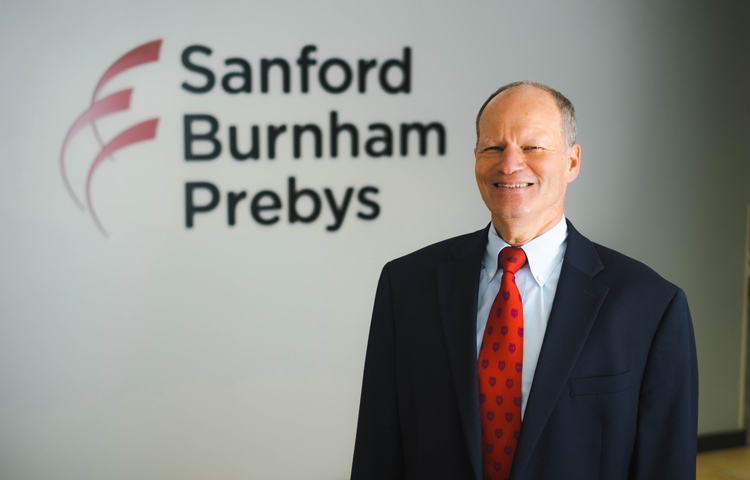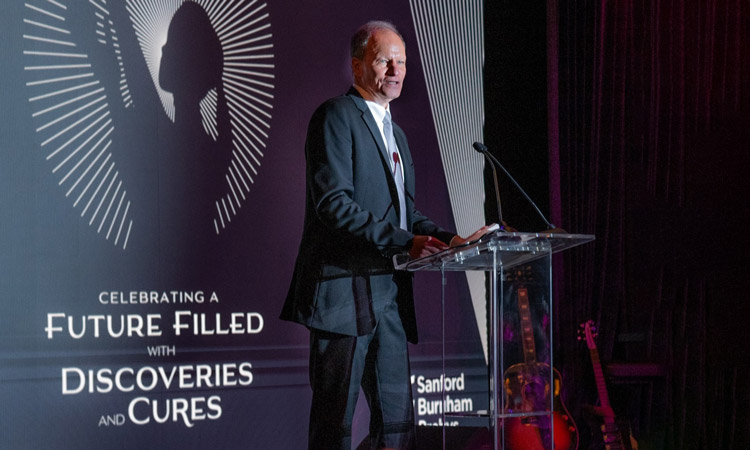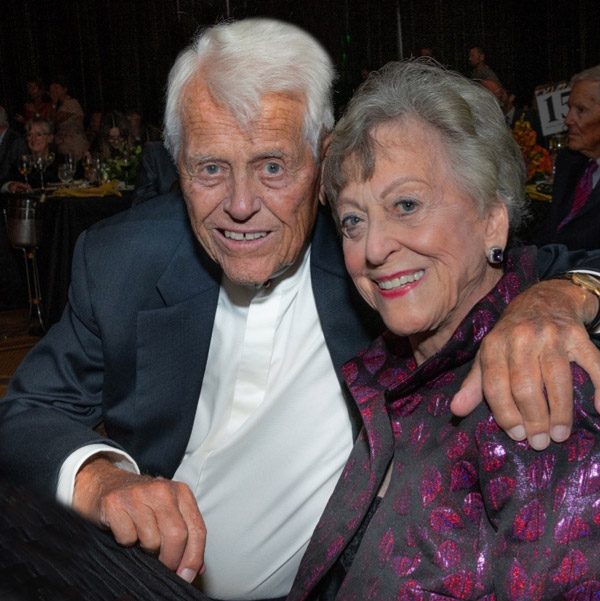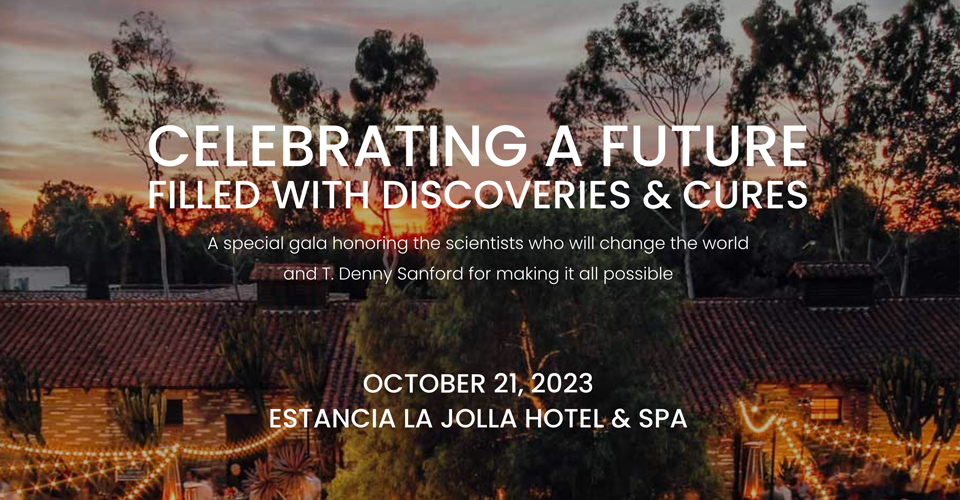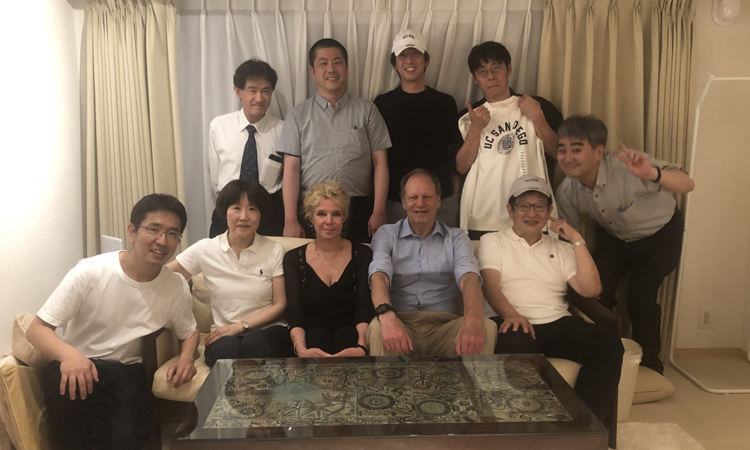In every body and in everybody, there is an enormous, diverse and changing array of medical and health information, from longitudinal data like our weight and blood pressure over the years to the biological samples, such as blood and tissues, that your doctor or a medical professional may ask you to provide.
There is also the non-medical social and demographic information that we share, from lifestyle choices like smoking, drinking and how much we exercise to socioeconomic status and how often we actually seek or need health care.
To some degree, we provide this information to our doctors during visits to clinics and hospitals. It’s part of how they work to keep each of us as healthy as possible.
But for everyone else, not so much, which is a shame.
The amount of health information collected by physicians is vast, unprecedented and exponentially growing, fueled by now-standard electronic health records (EHR) that make it easier, simpler and faster to collect and share patient information.
That last word “share” is critical. While having a digital record of your health is useful and convenient for individual doctors and patients, it is the untapped power and potential of new insights and discoveries lying within our combined health data that promises improved biomedical research and better answers to our relentless need for new drugs, treatments and therapies.
The term “translational medicine,” whose intent is to specifically apply basic scientific discoveries to human health, was introduced in the 1990s and gained widespread use through the emergence of popular terms like “bench-to-bedside” and “precision medicine” in the early 2000s.
But there is a massive gap between the generation of clinical data with its hidden treasures and the reality of companies and institutions leveraging those insights into new drugs and treatments that actually help people.
I know because I stand in that gap, a member of the scientific infrastructure necessary to translate research into health. I’m not alone, but it can sometimes feel like a lonely crusade.
Thanks to the biomedical revolution fueled by new technologies, we now have much deeper, empirically based understanding of how life works, from molecules and cells to networks of tissues and organs. Correspondingly, we better understand the pathology of disease, albeit not perfectly. There is still much to learn.
Where we always struggle is translating basic knowledge into action, into healthier and saved lives.
Humans are 99.9% identical in their genetic makeup. It is the remaining 0.1% that makes each of us unique. These genomic differences include “variances of uncertain significance.” or VUS. They are slight differences in DNA. Unlike gene variations specifically associated with disease, such as cystic fibrosis and sickle cell anemia, it is not clear whether variances of uncertain significances are actually connected to a specific health condition.
They are riddles wrapped in a mystery inside a cell membrane. We don’t know what variances of uncertain significances do, if they do anything, but within them perhaps lie many of the answers and remedies for what ails us.
Everyday clinics and hospitals collect human cells and tissue samples for examination. If a sample reveals a known, recognizable condition or disease, it can inform the physician about next treatment steps. If it does not, it is likely stored and ignored.
Doctors lack the expertise and capacity to study variances of uncertain significances in detail. Current and future biotechnology companies might have the expertise and ability to test and market new remedies, but they need someone to first to figure out how biology translates to medicine.
Some places, like where I work, already do this. It’s part of our vision and mission. The translational journey requires taking real steps. Systematically tapping the troves of clinical samples for new knowledge is one of them.
Another approach is to introduce the variances of uncertain significance into a preclinical model of a disease and see whether it makes the phenotype (the disease characteristics) worse. If the disease gets worse in the model system, the variances of uncertain significance is probably a disease causing mutation, if the disease is unchanged, the variances of uncertain significance is probably a harmless genetic variant.
Biomedical repositories and basic researchers can be doing more, collaborating more. The benefits are both certain and significant.
